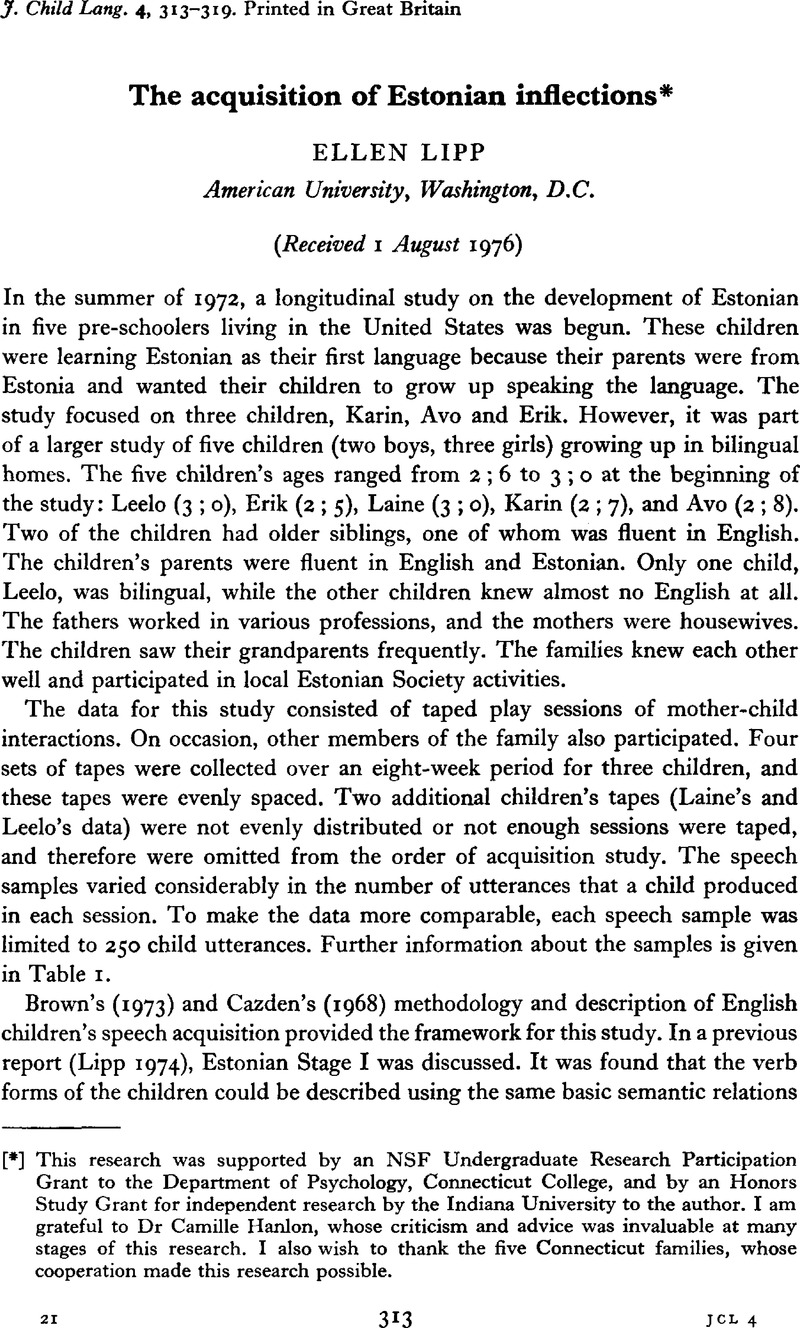Crossref Citations
This article has been cited by the following publications. This list is generated based on data provided by Crossref.
Pye, Clifton
1988.
Towards an anthropology of language acquisition.
Language Sciences,
Vol. 10,
Issue. 1,
p.
123.
Ackema, Peter
and
Neeleman, Ad
2013.
Person features and syncretism.
Natural Language & Linguistic Theory,
Vol. 31,
Issue. 4,
p.
901.



